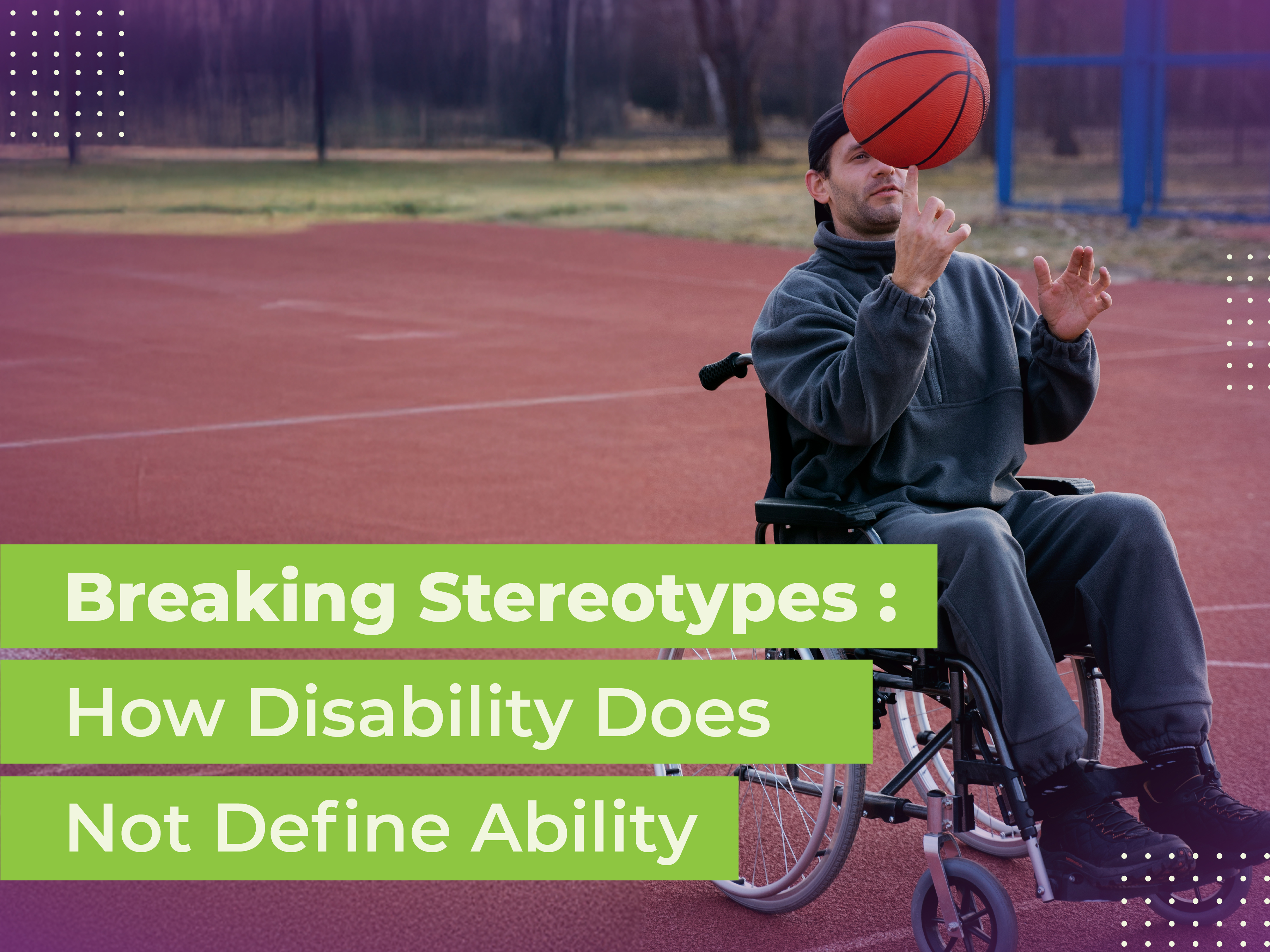Breaking Stereotypes: How Disability Does Not Define Ability

It is easy, sometimes too easy, for people to think they already know what disability means. The word itself often arrives surrounded by assumptions of limitation, of need, of absence. Yet those assumptions say far more about the world’s narrow imagination than about the lives of people who live with disability. To live with a disability is not to live without capacity. It is to live in a body or a mind that works differently, and to find within that difference a distinct rhythm of possibility.
The hardest barrier is rarely physical. It is the expectation that ability has only one shape, that strength can only look a certain way. Those expectations have built systems and spaces that forget how wide human capability truly is. Breaking stereotypes begins with unlearning that narrowness, with understanding that ability has many forms, some visible and others deeply internal, but all equally real.
Beyond Assumptions
Every stereotype begins with a story told too many times. The story that people with disabilities need saving. The story that success is measured only by how close someone appears to “normal.” The story that difference requires correction. These stories flatten the complexity of real life, erasing the humour, intelligence, skill, and patience that shape people’s daily realities.
To see beyond those assumptions requires attention. It means looking at a person as they are, not as they imagine. It means recognising that creativity can grow in constraint, that patience and problem-solving are forms of intelligence, that adaptation itself is an art.
When society makes room for that recognition, the measure of ability expands. The question is no longer “what can you not do?” but “how do you do what you do?”
The Power of Redefinition
Language holds enormous power in shaping perception. Words like inspiring, brave, or overcoming are often used with good intentions but can reinforce differences, drawing lines between “us” and “them.” True respect does not romanticise or reduce. It acknowledges skill, contribution, and individuality without turning a person into a symbol.
Redefinition happens when people are seen as professionals, artists, parents, thinkers, creators. Their whole identities that include disability but are not contained by it. It happens in workplaces that recognise the value of diverse thinking, in schools that design for every learner, in communities that build accessibility into the foundation rather than the afterthought.
Seeing Ability as Many Things
Ability is not a single quality. It is a mosaic of actions, insights, and adaptations. It might look like a musician feeling sound through vibration, a coder using assistive technology to write complex programs, a dancer moving with a new understanding of balance, or a leader whose empathy and patience shape stronger teams.
Each of these expressions of ability asks the world to look again, to see that talent, skill, and creativity are not defined by conformity but by expression. The way a person moves through the world is part of what they bring to it.
Changing the Frame
When stereotypes fall away, what remains is humanity in its full range. People with disabilities are not symbols of limitation or inspiration; they are participants in the shared story of work, art, love, and community. Breaking stereotypes does not erase differences, it honors them. It allows people to be complex, to hold strength and struggle together, to be seen as whole.
True inclusion begins here, in the refusal to reduce anyone to a single story.
.svg)

